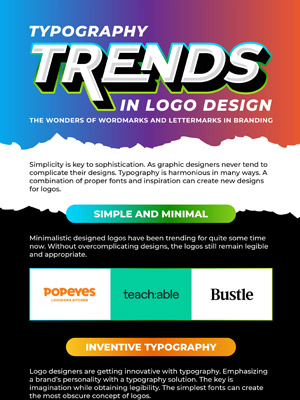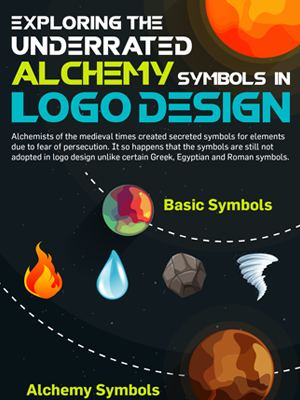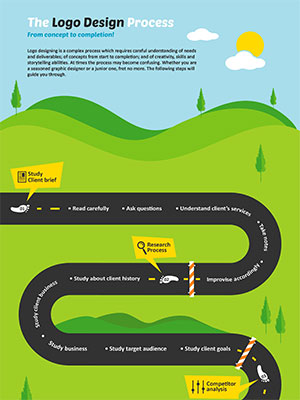The Visual Language – A Comprehensive Guide to Symbolism
Think of a symbol for a logo or an icon for a navigation, and you will be flabbergasted. Which one will fit? Which one to choose from your research to make a base? What if the symbol you choose is not accepted in the region your client belong to? That’s not unusual. If you re-consider the industry you are working in, the creative brief specification, then some form of imagery will emerge in your mind. Whether it’s an animal, a line, tree or crest, you know it has to match in meaning as well as symbolism to the type of graphic you are creating for your client.
It’s no coincidence that being in a visual field you are finding yourself more and more immersed in symbolism. Since the earliest of times, people have been communicating in symbols, then came language and then writing. What makes symbol important in visual communication is that it is mainly universal, understood and accepted worldwide. That’s why logo or icon designs are mostly symbolic. Even other type graphic designs such as posters, banners and websites make use of symbols to indicate, navigate and charter paths for the users.
Don’t be overwhelmed by these symbols though – there is a system for it. They usually belong to the same family, category, or denote something of common human interaction. And to make them relevant you can make use of them in single or combination graphics.
Since we understand your dilemma when you need to decide on a symbol for your graphic, we have created this comprehensive infographic on common symbols used in graphic designs. So go ahead and feast your eyes on them!




One thought on “The Visual Language – A Comprehensive Guide to Symbolism”